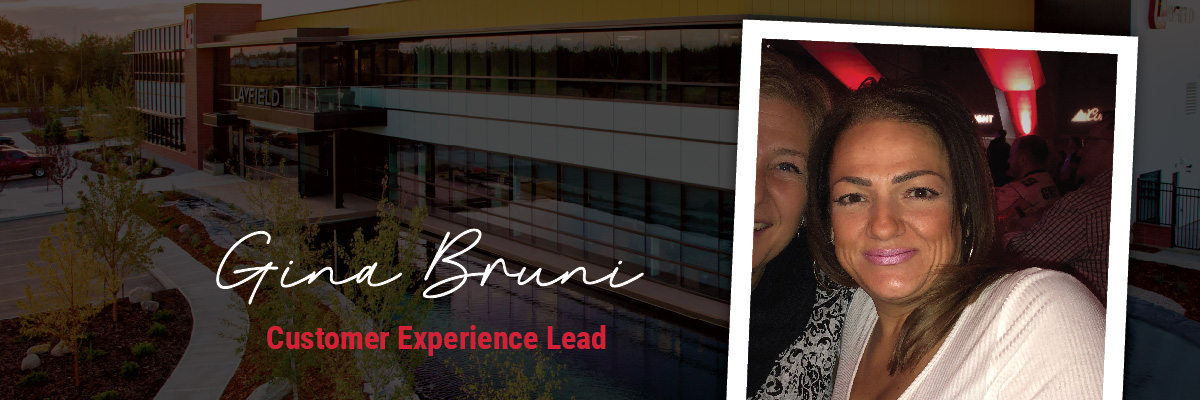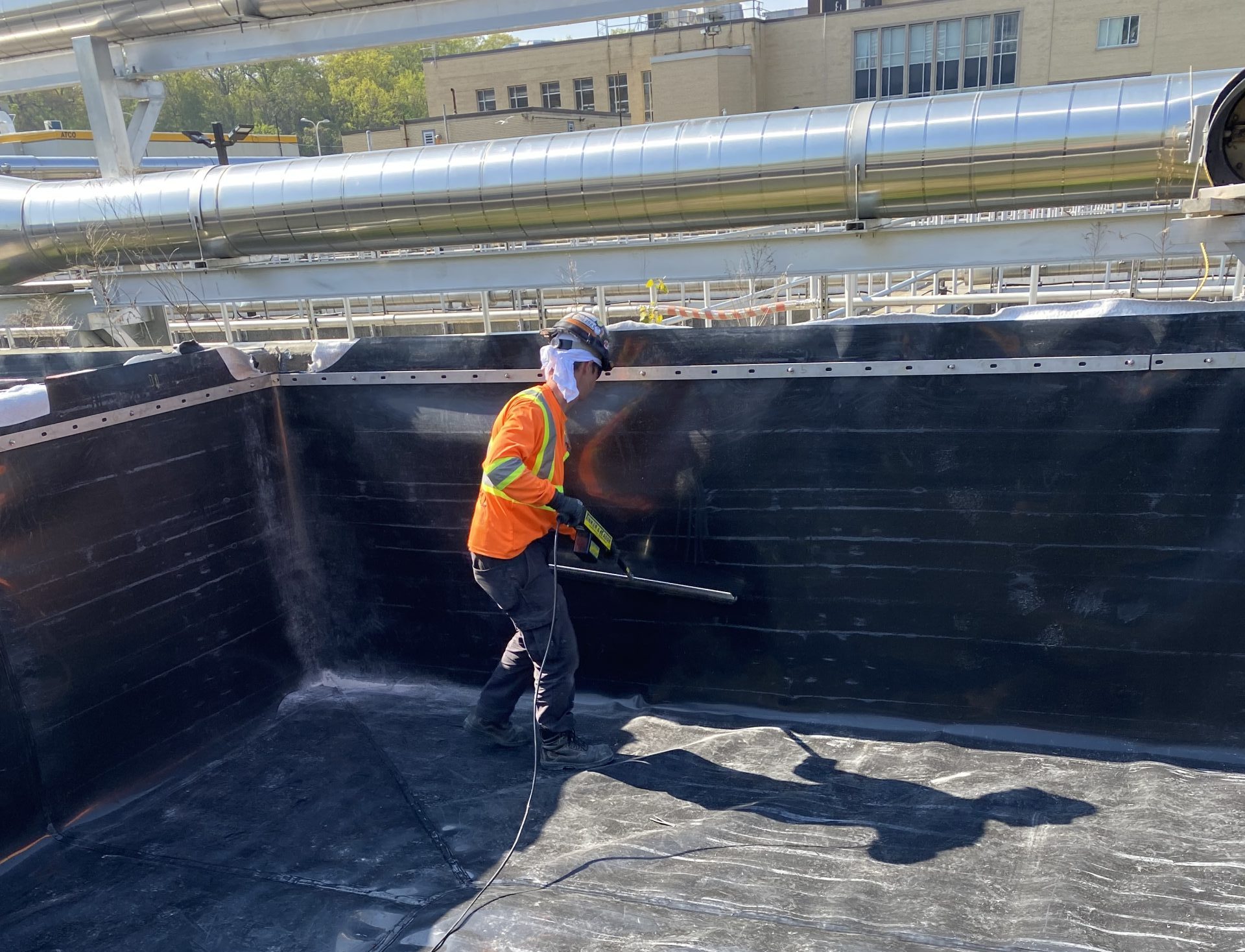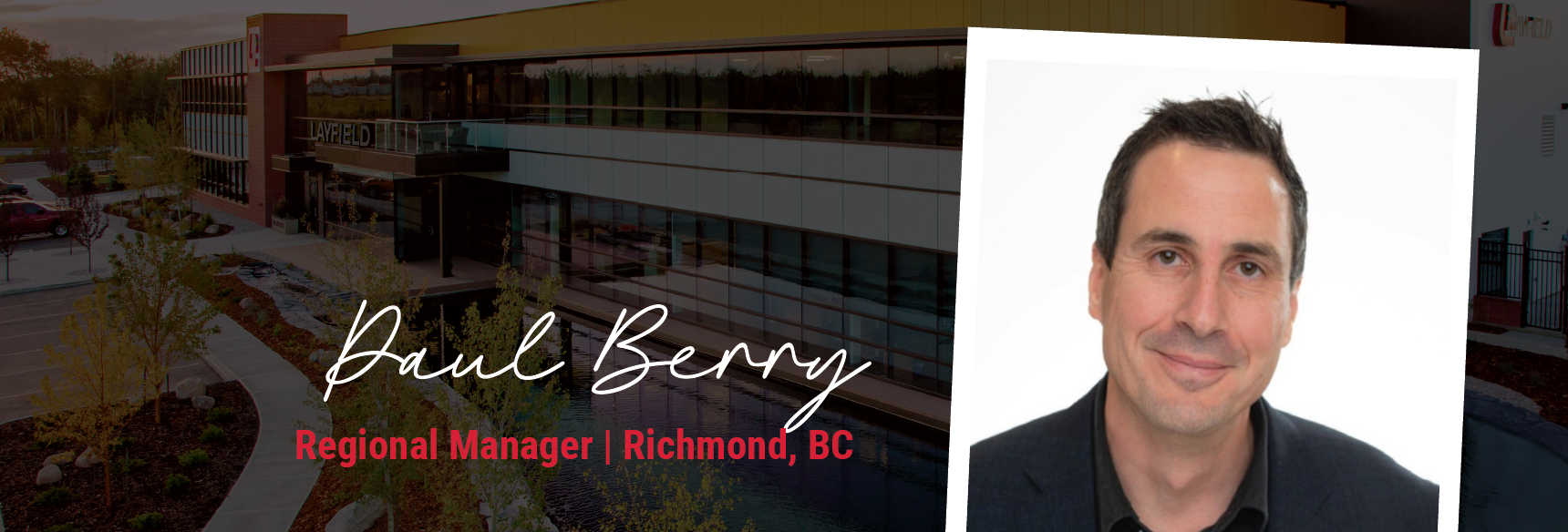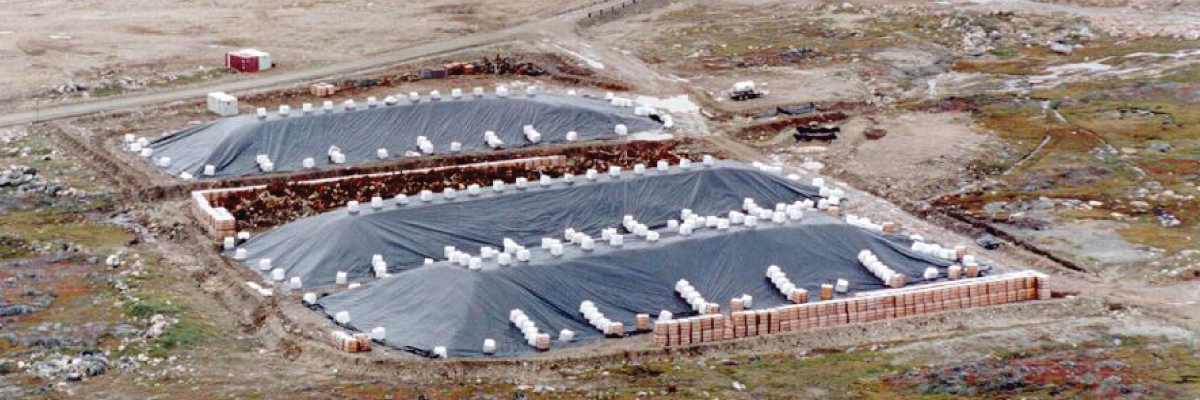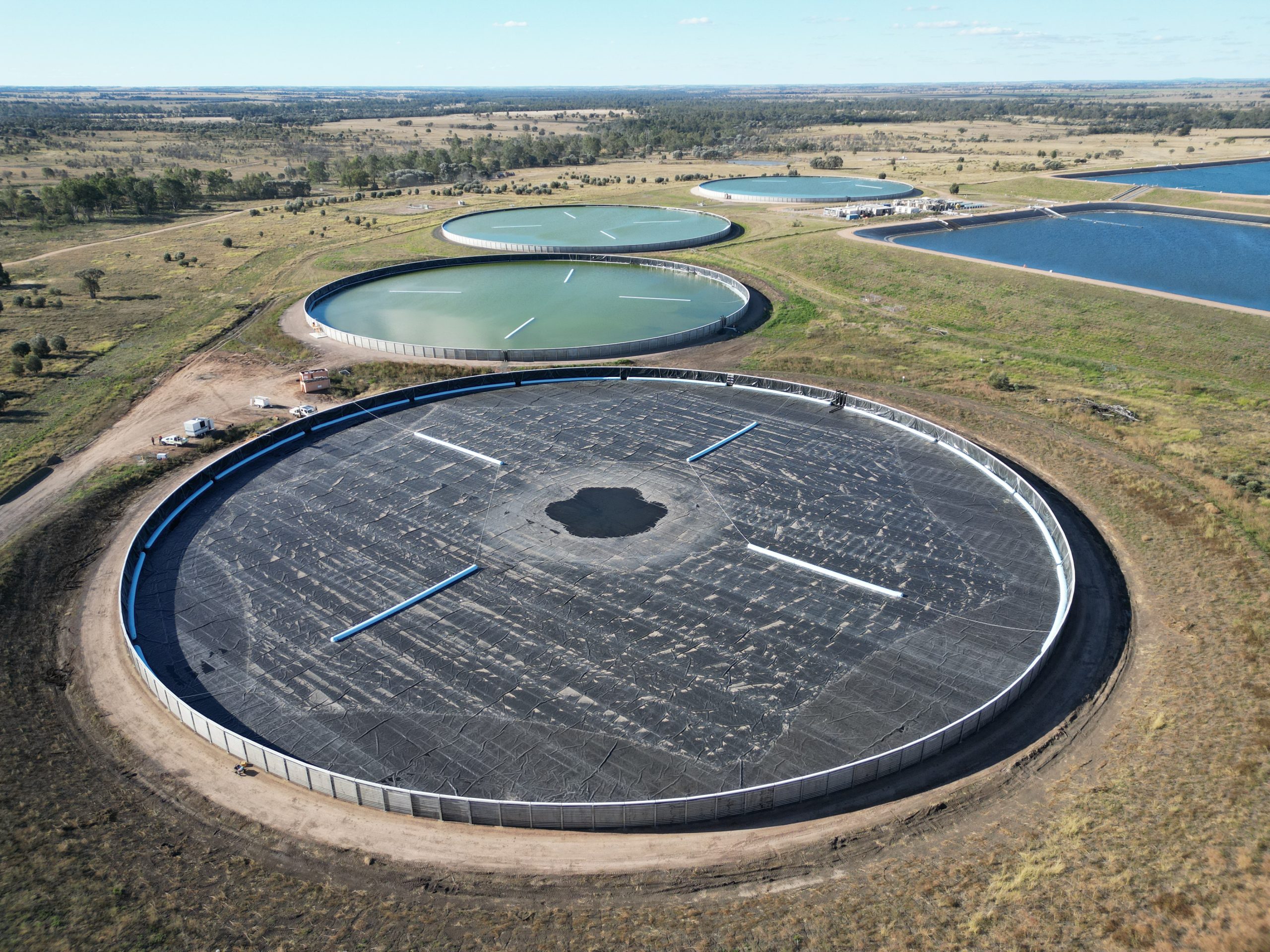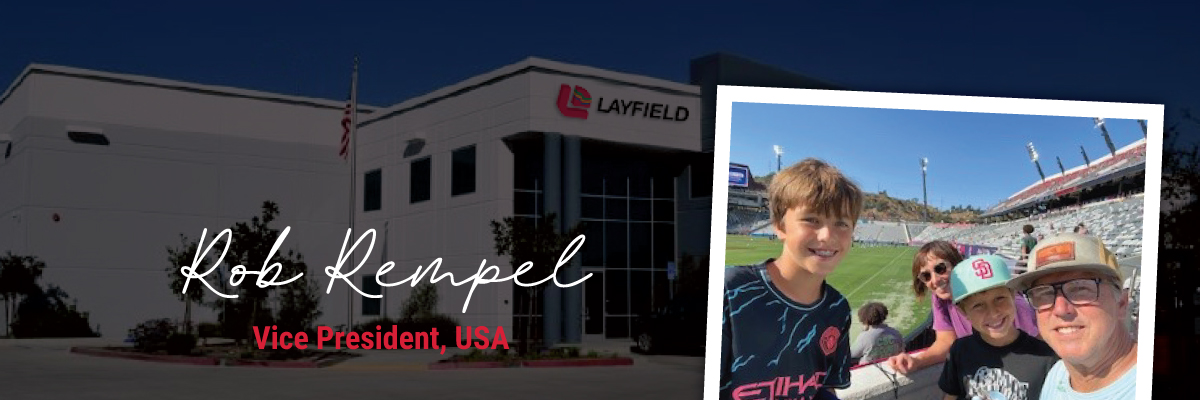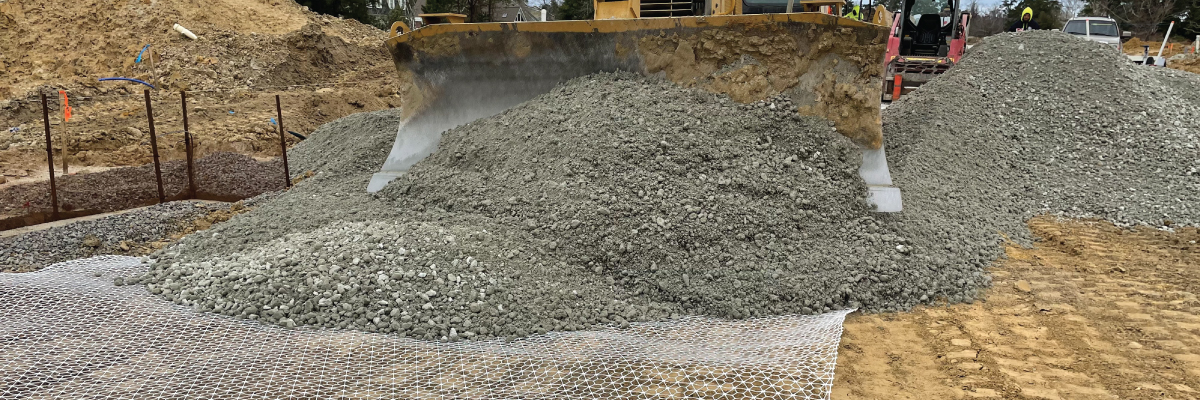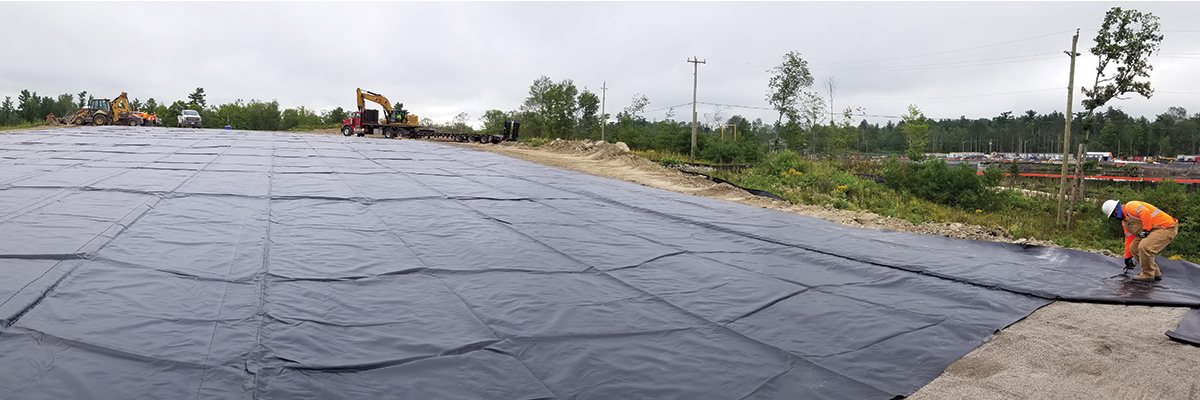Technical Bulletin Provided by Glenn Eckert and Prabeen Joshi
How do you ensure that your liner performs as expected?
Short answer – Good Installation Quality Control, regular inspection, and preventive repairs. Long answer – read below.
Experienced geomembrane liner installation crews ensure strict Quality Assurance/Quality Control guidelines and procedures are in place during installation. Details such as time of installation, destructive and non-destructive test results, as-installed drawings, etc., are recorded and usually provided to the clients (upon request or contract dependent). The installation crew carries out a detailed final inspection (often includes a leak detection survey) and addresses any identified issues before handover and leaving the site. In other words, when the installation crew leaves the site, the installed geomembrane is certified per the final design.

Once the geomembrane is in operation (exposed or covered), several external factors can influence the service life of the geomembrane and, thereby, the integrity of the overall containment system. Factors such as temperature, ultraviolet rays, chemicals, local or global strains, etc., can impact primary and secondary geomembranes. It becomes essential for the owners/operators to ensure that these (and potentially other) factors are well understood and that a timely health-check exercise is integrated into their Asset Management Plan.
As hinted in the short answer above, good QC, regular inspection, and preventive maintenance are the only ways to identify and address potential issues. They must meet/exceed the expected service life, reduce the risk of significant failures, and help comply with applicable environmental regulations. This is where Layfield can help.
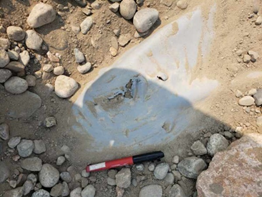
Inspection and Maintenance
Layfield Geosynthetics offers inspection and maintenance services for existing secondary containment systems and exposed geomembrane liners. Our skilled technicians will review your containment for existing or potential concerns and address all issues that need attention. For most Canadian facilities, inspection and maintenance are best scheduled between March and October when access to the site and our ability to manipulate the liner is optimal.
Inspection and maintenance services may include:
- Correct subgrade deficiencies along the containment wall,
- Redistribute backfill and geotextile to ensure proper geomembrane protection,
- Confirm geomembrane liner clamp reliability,
- Detect signs of liner distress or mechanical damage,
- Identify subgrade settlement, slope slumping or failure,
- Redistribute geomembrane slack as required,
- Destructive and/or non-destructive tests to assure seam integrity.
A written report detailing the location and the corrective actions required to bring your containment system to compliance can be provided. Issues that need immediate action are highlighted and can often be dealt with at this time. Less pressing matters are also identified and may require additional labor from a third party, such as an earthworks contractor.
Leak Location Survey
Layfield can also help check the integrity of the geomembrane inside a primary or secondary containment system. This can be done in several different ways. Two plausible scenarios are discussed below.
- For a containment system without a conductive geotextile installed beneath the liner:
A water truck is brought to the site to flood the containment system, or this can be done directly after a rain event. Once the containment is filled above the level of the liner clamp and pile penetrations, the perimeter of the containment is then monitored for any leaks running out from under the geomembrane liner or from the attachment between the geomembrane and the containment wall.
- For a containment system with conductive geotextile installed beneath the liner:
In this method, the conductive geotextile installed beneath the geomembrane is electrically charged through a pre-installed electrical cable, and an Electrical Leak Location survey is conducted.
Scenario A has several moving parts and is generally much more time-consuming, with far less certainty in detecting small leaks. On the other hand, Scenario B requires minimal resources and is independent of the geomembrane type, subgrade/cover material, moisture content of the subgrade/cover, temperature, etc. The only way to ensure Scenario B on your containment facility is to integrate Layfield’s conductive geotextile in the original installation.
Service Life Expectancy
Once any physical damage to the geomembrane is identified and fixed, your Asset Management Team may also be interested to know how much longer the geomembrane will last.
Layfield offers an evaluation service that will give you a realistic indication of the longevity of the exposed or backfilled geomembrane. Our technicians visit your site to extract the liners’ representative sample(s) (then immediately repair the opening caused by the sample recovery). Layfield then submits these samples for a laboratory evaluation; by comparing the performance of the recovered samples against the original material specification, we can estimate the remaining service life. This estimate can help you with the Asset Management Plan by predicting when a complete liner replacement will be needed.
Layfield is the leader in supplying and installing primary and secondary containment systems for various challenging applications and can provide you with the technical support to deal with your most demanding application.
Related Articles
View All News